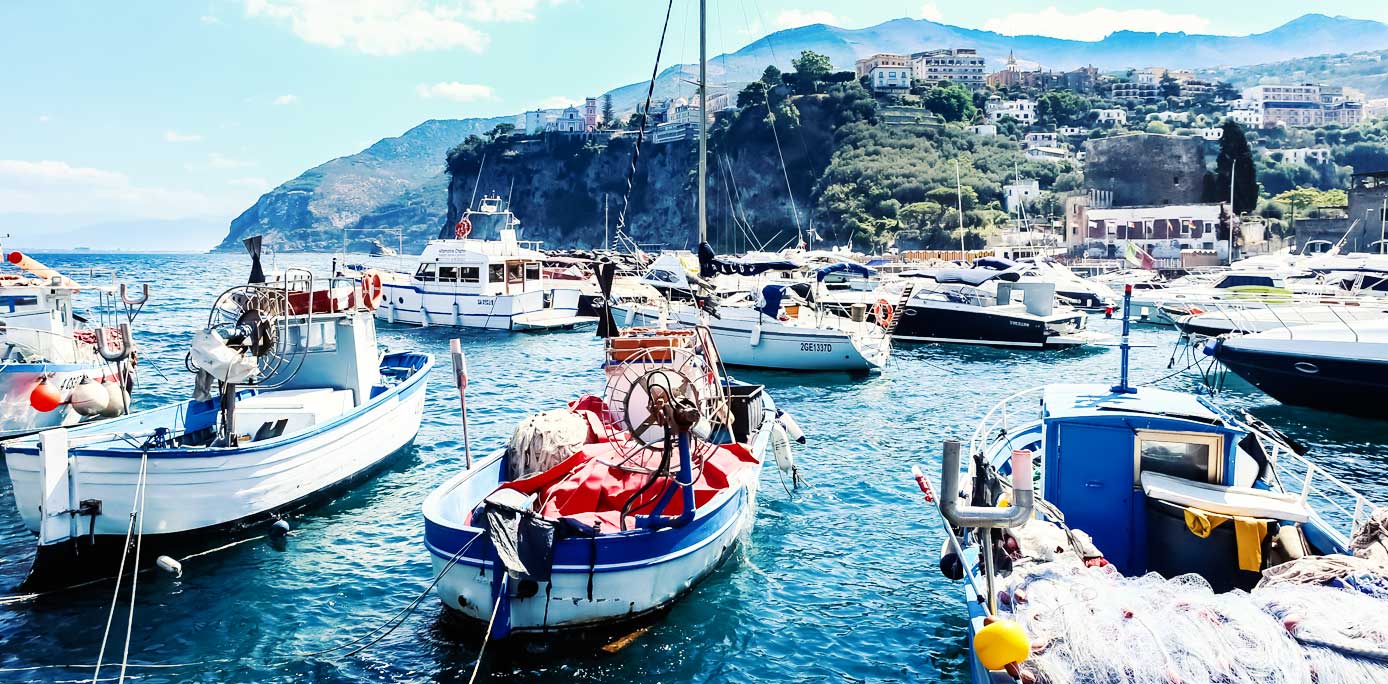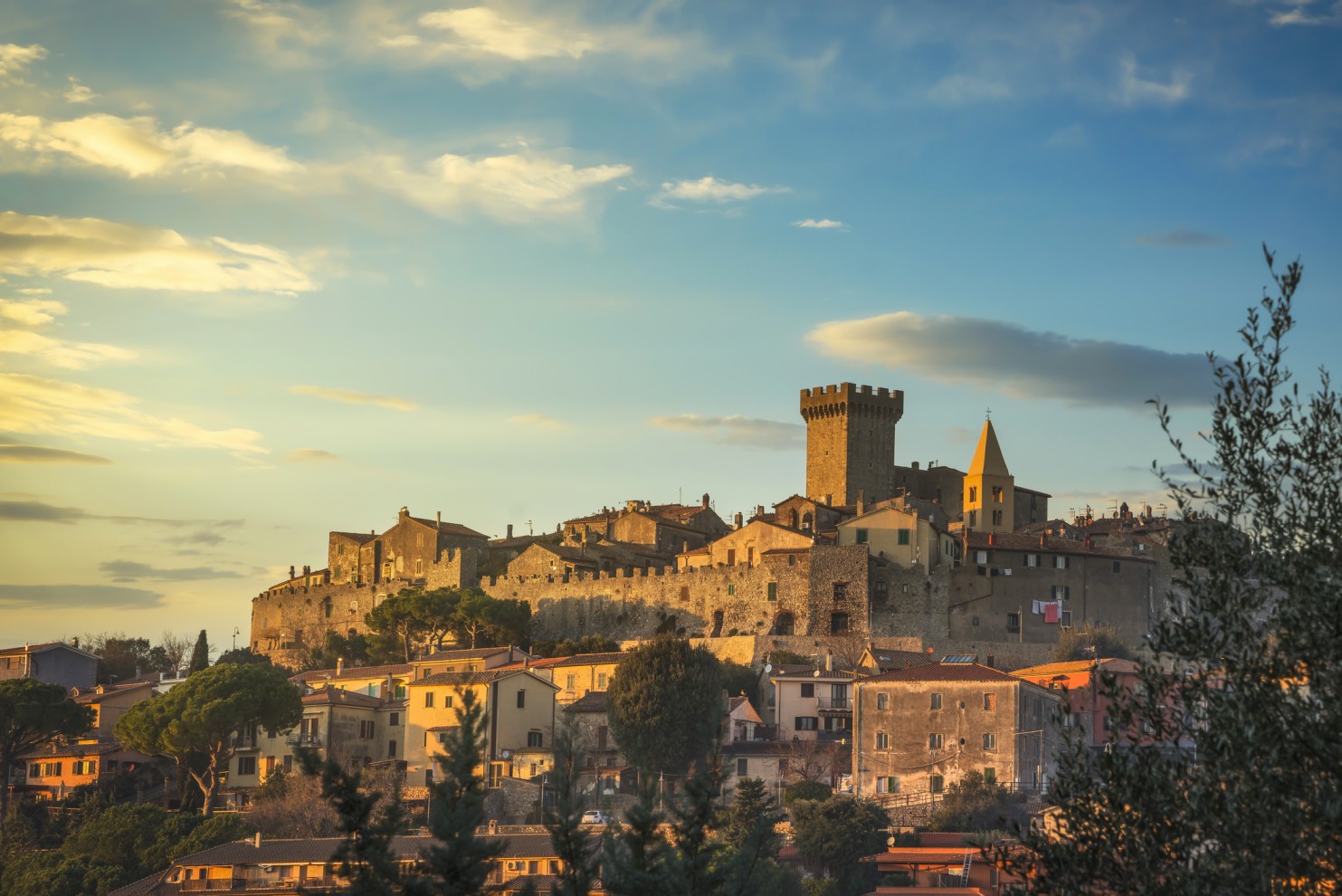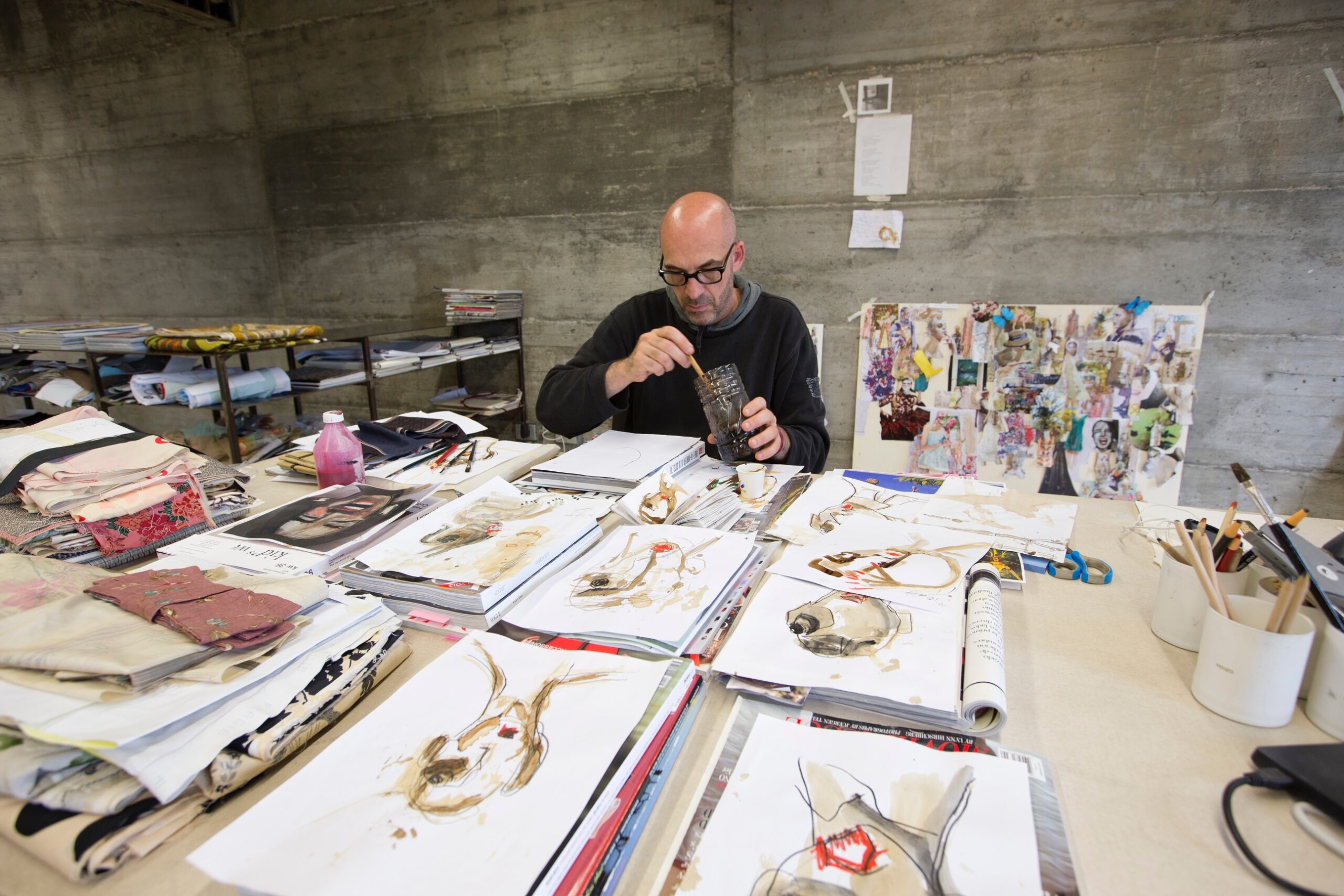There is an under-the-radar town that has a few secrets up its sleeve. Its name is Vico Equense and dates back to pre-Roman times. The picturesque village between Sorrento and Castellammare di Stabia, at the gateway to the breathtaking Sorrentine Peninsula, gets lost in the glitz and glamour of the sublime and ultra-expensive Amalfi coast, but it packs plenty of personality, awe-inspiring beauty and narratives about some of the people who made America great.
Certainly, there is a direct link between rocker Bruce Frederick Joseph Springsteen, “The Boss,” and the warm town with the backdrop of Mount Vesuvius in the distance. His maternal grandparents were born in Vico Equense – which I suggest as a starting point for exploring some of the region’s most dramatic sights.
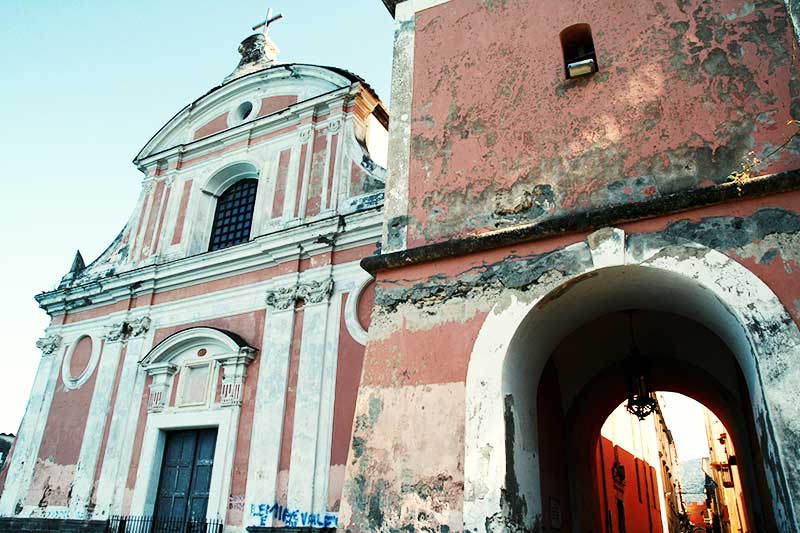
It is a town rich n history and art, as the chiesa dell’Annunziata demonstrates © Danilo Mongiello | Dreamstime.com
Every turn along this spectacular coast and glistening sea brings you to another legendary destination, be it Positano, Sorrento, Ravello or Amalfi itself. You can reach Capri via ferry, while Pompeii is only 9 miles away.
Mario Verde, a former INPS (national social welfare) official and a resident of Vico Equense, started researching Springsteen’s Italian ancestry in 2008.
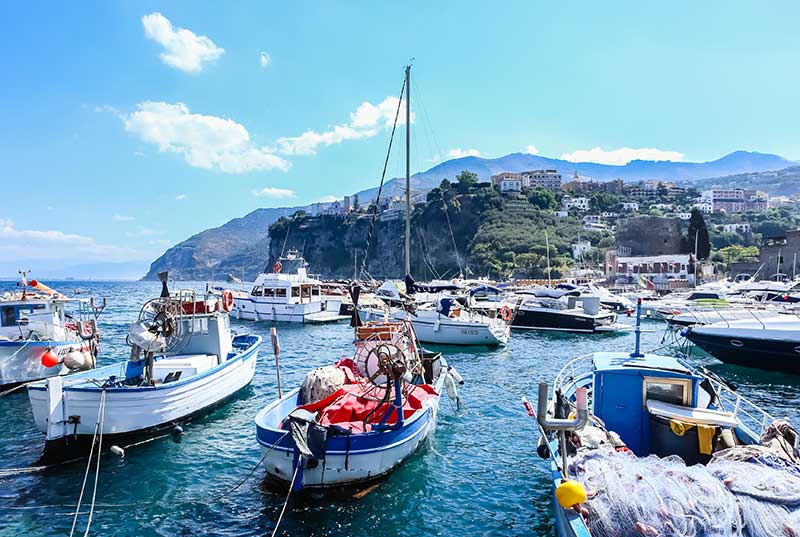
The beautiful waters of the Mar Tirreno © Nikolai Korzhov | Dreamstime.com
“His maternal grandfather Antonio Zerilli left Vico with his family at age 12. Antonio had four brothers and a sister. They first settled in San Francisco where he became a lawyer and formed his own family by marrying a girl, also from Vico, named Adele Sorrentino,” Verde says. “Antonio was born in Vico on December 14, 1887,” he says reading from a copy of Antonio’s birth certificate. “Bruce’s great-grandfather Andrea was born in Palermo on December 20, 1828,” he says.
Mr. Verde has traced the entire Italian family tree of “The Boss.”
Springsteen’s great-grandparents, the Zerillis, opened the Gran Caffè Zerilli in the second half of the 19th century. “His great-grandfather bought a piece of land to build a home and a large coffeehouse that served as a restaurant and a café concert hall.”
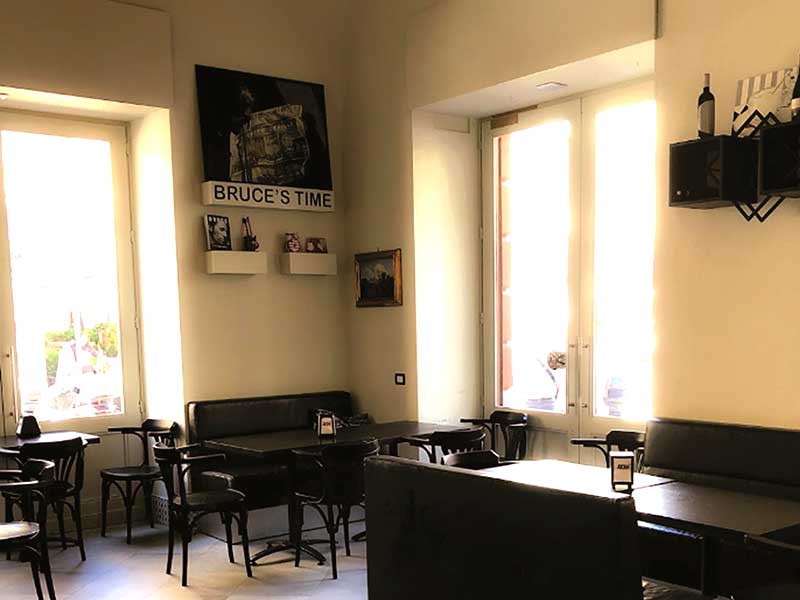
Ci sono luoghi a Vico Equense dove la presenza del “Boss”is fa sentire. Photo: Salvatore De Stefano Napoli
The historic café overlooks both Piazza Umberto and Via Roma.
The new owner adopted the original name Gran Caffè Zerilli.
Verde reveals that Springsteen often spends time on the Costiera Amalfitana, precisely in the sleepy fishing village of Nerano, a hamlet of Massa Lubrense that is a paradise for nature lovers. “It has become his hideaway, “he says. “He was seen in local restaurants. He arrives with his family and American friends, a total of 200 to 300 people. They say he gets there on a steamboat.”
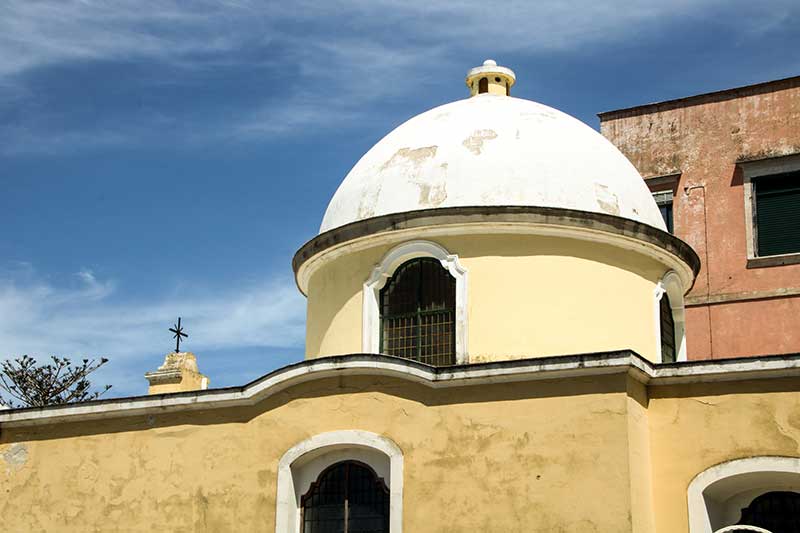
Every turn along this spectacular coast and glistening sea brings you to another legendary destination, be it Positano, Sorrento, Ravello or Amalfi itself
But surprisingly enough, he never visited Vico Equense.
“I blame it on the municipality of Vico. It should get cracking and have him to visit here,” says Verde. “On the contrary, Springsteen’s mother Adele Ann visited her relatives several times. Now they have all passed away except for one: Maddalena Frevola, the only direct descendant still alive.”
Maddalena retired a few years ago from the National Library of Naples. “She is the daughter of a cousin of Bruce’s mother and lives in Bonea Vecchia, a hilly hamlet of Vico, just like all their relatives used to do.”

The beautiful Vico Equense was home to the ancestors of Bruce Springsteen. Photo: Salvatore De Stefano Napoli
But in reality, Vico Equense awarded the rock star an honorary citizenship in 2012 that he received in Finland from Neapolitan Paola Jappelli, founder of the Springsteen fan club Pink Cadillac Music.
One day, the Jersey-bred musician would do well to visit Vico, which incorporates 13 unmissable hamlets and 20 communities. “They all celebrate their own co-patron saint to whom they show devotion and veneration by carrying statues in procession toward the sea,” says Nino Aversa, a local historian and hiking guide.
Saint Ciro is instead the main patron saint whose feast takes place on January 31. The Christian martyr was a physician in Alexandria, Egypt, that was then part of the Roman Empire when he was born in about 250 AD. “His cult was introduced by the Jesuits,” Nino says.
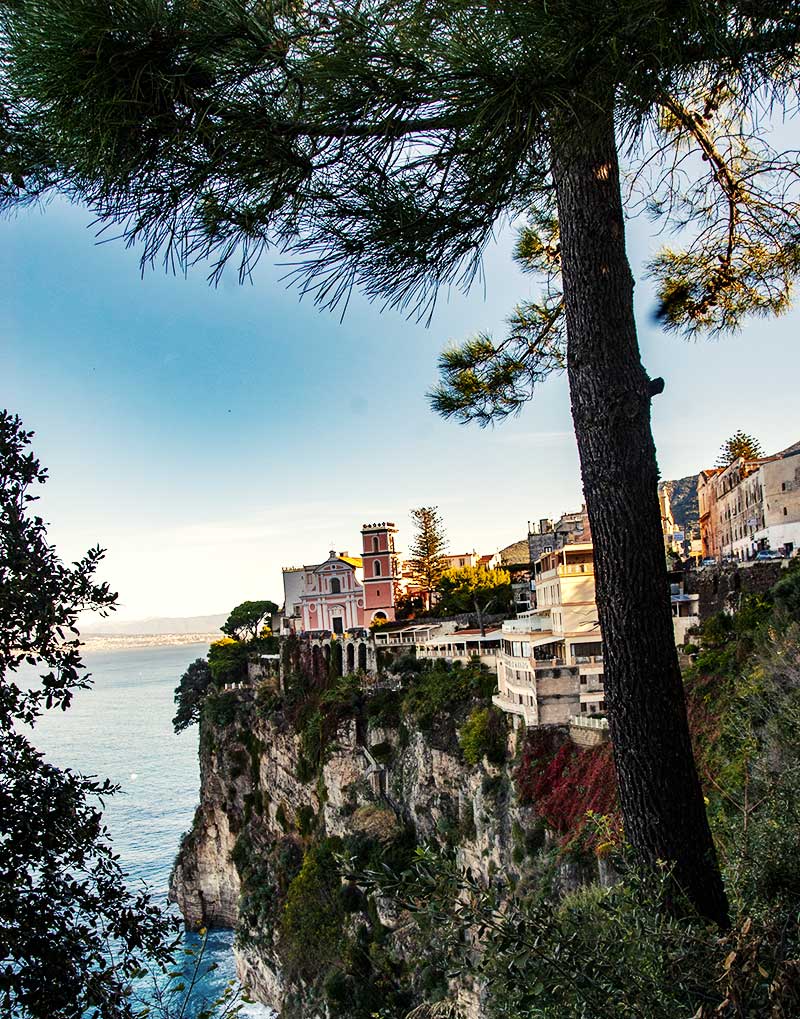
Vico Equense is part of the same beautiful coastline where Positano, Sorrento and Amalfi are. Photo: Salvatore De Stefano Napoli
Vico’s clifftop Chiesa dell’Annunziata is one of the most beautiful churches on the Sorrento Peninsula and where Neapolitan jurist, philosopher and social reformer Gaetano Filangieri is buried. He had moved to the town in hope of recovering from tuberculosis, but instead got worse in 1788 and passed away on July 21 inside the massive Giusso Castle nestled between the sea and the mountain.
Filangieri’s La Scienza della Legislazione is considered one of the most important works of the Enlightenment. His ideas influenced Benjamin Franklin and the writing of the US Constitution.The American polymath showed a spontaneous interest in Filangieri’s masterpiece. Their correspondence lasted seven years, from 1781 to 1788, the year of the Neapolitan philosopher’s death.
Vico is included in the nature reserve of Punta Campanella where trekkers can explore the Via Minerva, a pagan pilgrimage route where Romans prayed along the way as they headed to the temple of Minerva, the Roman goddess of wisdom.The Romans considered her the “inventor” of olives and olive oil – oleaeque Minerva inventrix, as Virgil writes in the Georgica.
Local products, such as “provolone del monaco” cheese, as well as fruit and wine, are excellent. Obviously, pizza is outstanding.
“My land is incredibly fertile thanks to the volcanic soil, a gift from Mount Vesuvius,” Nino says proudly. “This is the land of sensory pleasures.
